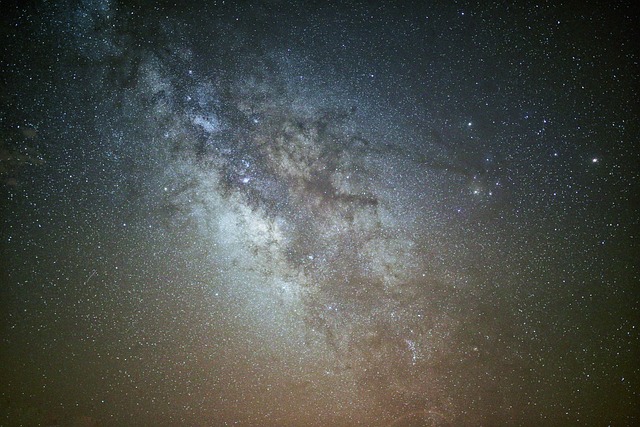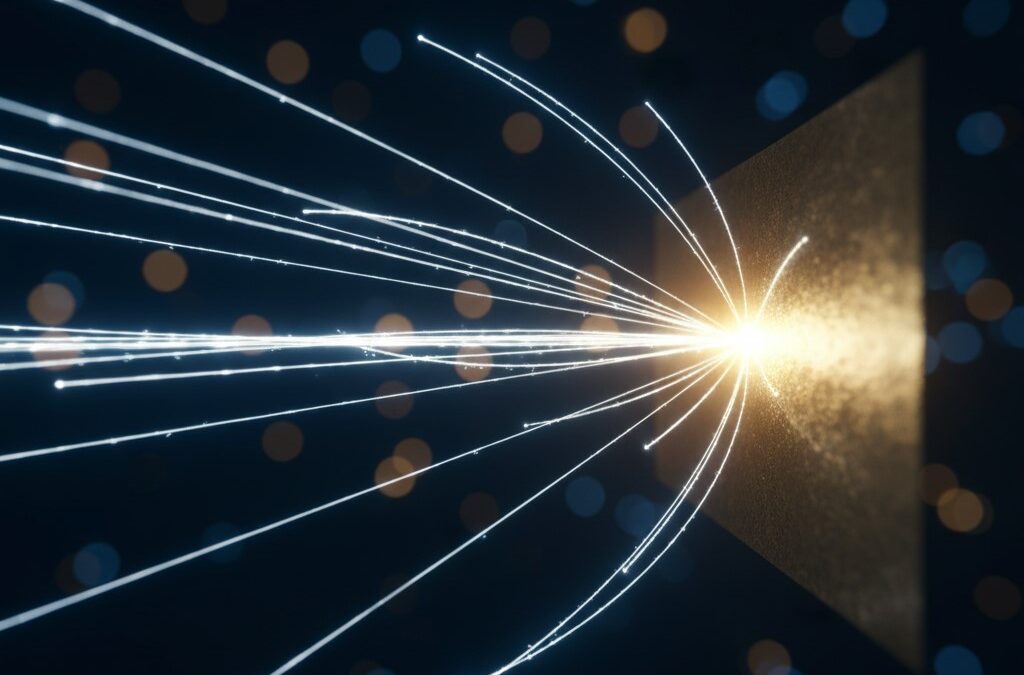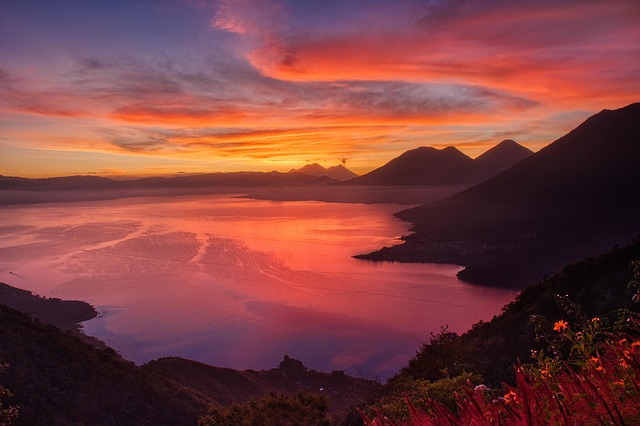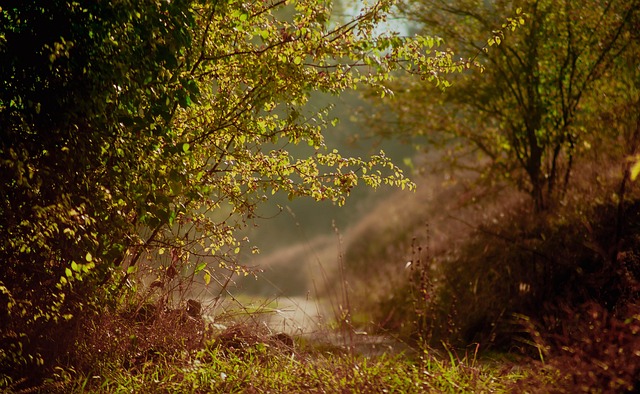[ez-toc]
The cosmos is an endless source of wonder, constantly revealing captivating celestial phenomena. Recently, the Hubble Space Telescope captured a breathtaking image of two stars locked in a fascinating dance, their interaction resulting in the formation of a striking hourglass-shaped nebula.
This celestial ballet, unfolding in the depths of space, offers a glimpse into the intricate dynamics of stellar evolution. The nebula, named R Aquarii, is a symbiotic variable star system, a cosmic partnership where two distinct stars influence each other’s destinies. The system comprises a compact white dwarf, a star that has shed its outer layers, and a massive red giant, a star in its later stages of life. This red giant, a celestial behemoth over 400 times larger than our Sun, emits a luminous glow that varies in intensity over a 387-day cycle.
A Cosmic Dance of Light and Gravity
The white dwarf, a dense and compact star, orbits the red giant every 44 years. As it orbits, it draws in material from its larger companion, a process that can be described as cosmic siphoning. This siphoning, however, is not a gentle exchange; it occasionally triggers violent eruptions, resembling “gigantic hydrogen bombs,” according to the Hubble team. These explosive outbursts, like a cosmic lawn sprinkler gone berserk, fling glowing gas streamers into space, shaping the iconic hourglass form of the nebula.
The Impact of Explosive Outbursts
These eruptions are not mere pyrotechnic displays; they play a crucial role in the redistribution of essential elements. The ejected material, traveling at speeds exceeding 1 million mph, carries with it heavier elements like carbon, nitrogen, and oxygen, vital ingredients for the formation of planets and the emergence of life. These cosmic fireworks are, in a sense, the universe’s way of spreading the building blocks of life.
The Legacy of R Aquarii
R Aquarii, located about 710 light-years from Earth, is one of the nearest symbiotic stars, making it a prime target for astronomers. The Hubble telescope has been observing this star system since its launch in 1990. In the years following, the Chandra X-ray Observatory joined the observation effort, focusing on the changes in X-ray emissions emanating from the nebula’s knotted jet and shockwaves. Based on these observations, scientists believe the white dwarf last erupted in the late 1970s, suggesting that the next explosive outburst might not occur until the 2470s.
We also Published
- Mars: A History of Harsh Environments – Martian Habitability
New findings from NASA’s Curiosity rover suggest Mars may have had fleeting periods of potential habitability, but these were likely interrupted by harsh environmental conditions. - SpaceX Dragon’s Propulsive Landing: A Backup for Safe Return
SpaceX’s Dragon spacecraft, now equipped with a propulsive landing system, offers a backup plan for astronauts’ safe return to Earth in case of parachute failure. Learn more about this innovative technology and its significance in space travel. - Periodic Table: Lectures on Basics – Elements, Groups, & Periods
Discover the periodic table’s structure, significance, and how it organizes elements based on their properties.
An Hourglass Shaped by Force
The most recent Hubble images reveal a captivating detail: the ejected material from the outbursts forms a spiral pattern, twisting outward due to the sheer force of the explosions and powerful magnetic fields. This swirling movement, a testament to the cosmic forces at play, extends to a distance of at least 248 billion miles from R Aquarii, a distance exceeding 24 times the diameter of our solar system. As the Hubble team notes, this vast expanse is “extraordinary even in astronomical terms.”
A Celestial Symphony
The Hubble image of R Aquarii is more than just a beautiful picture; it is a window into the dynamic and intricate nature of stellar evolution. It showcases the celestial interplay between two stars, their interactions shaping the cosmos and dispersing the building blocks of life. As we gaze upon this cosmic dance, we are reminded of the vast and ever-changing nature of the universe, a symphony of light, gravity, and the relentless forces of creation and destruction.
RESOURCES
- NASA shares images of Red Spider Nebula captured … – Digit
- NASA’s Hubble Space Telescope captures images of Red …
- Most detailed image of the Crab Nebula
- Hubble Space Telescope
- THE HUBBLE SPACE TELESCOPE TREASURY PROGRAM …
- NASA Shares Image Of “Fierce” Tarantula Nebula Taken …
- Hubble Hubble: Telescope Provides Stunning New Images …
- Telescope Provides Stunning New Images of Two …
- Webb and Hubble’s views of the Ring Nebula
- Hubble Space Telescope captures stunning close-up of …
- Nebula Special Note – Hubble Space Telescope








0 Comments